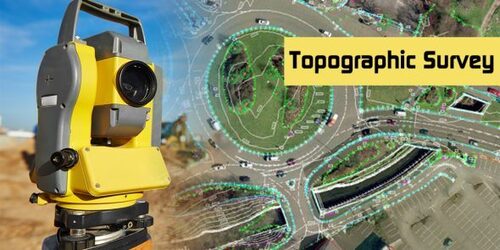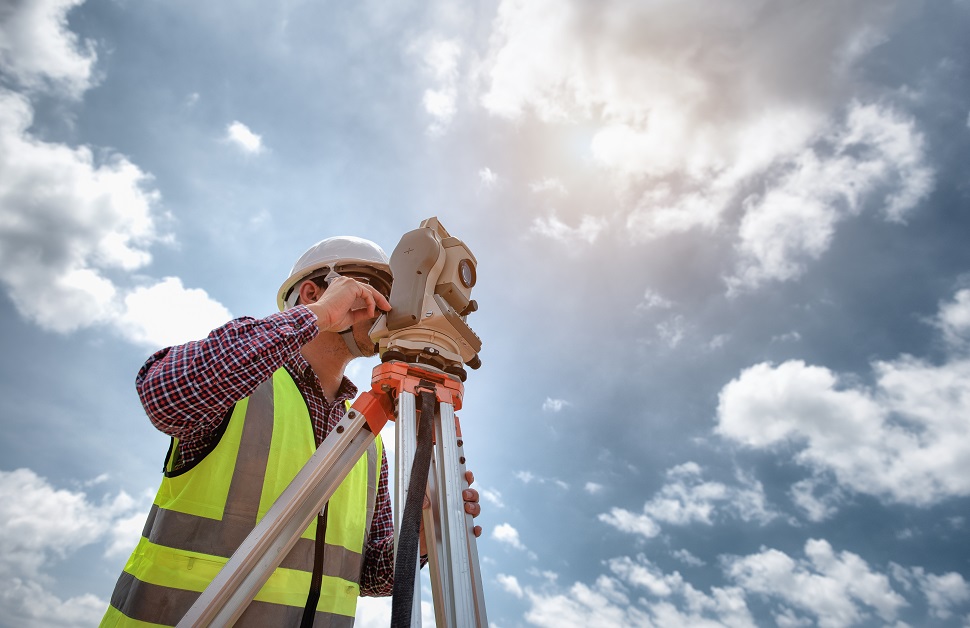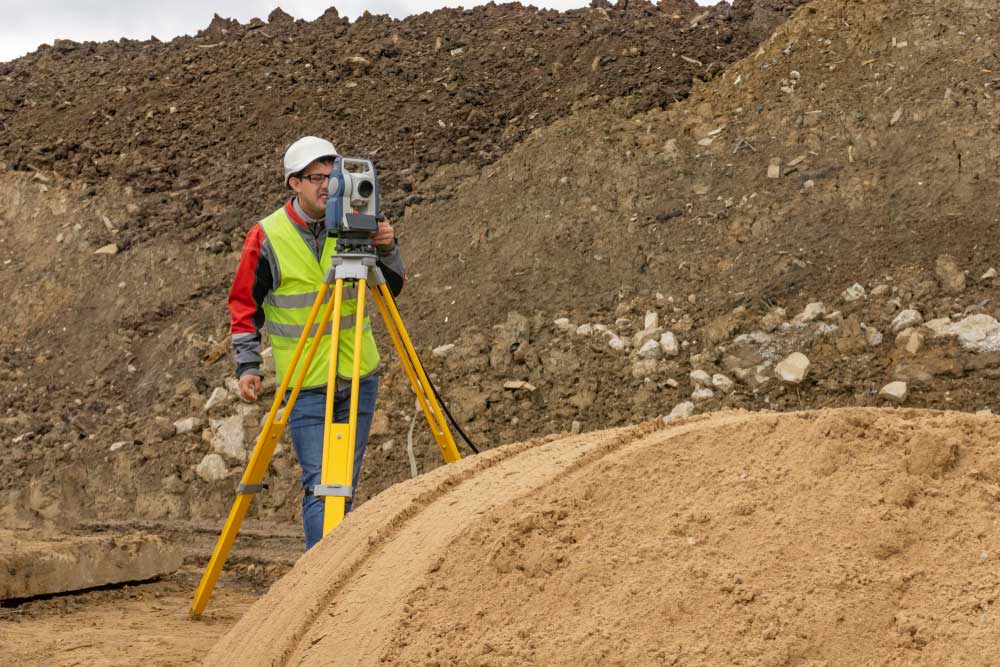The Essential Role of Setting Out Engineering in Modern Construction
The Essential Role of Setting Out Engineering in Modern Construction
Blog Article
Crucial Tools and Methods in Laying Out Design
The self-control of setting out design relies heavily on a collection of necessary tools and methods that underpin the precision and effectiveness of job implementation. What implications does this hold for future design techniques?
The Significance of Accurate Dimensions

The significance of precise dimensions extends beyond plain compliance; they are important to the overall effectiveness of design processes. Mistakes can bring about material waste, job hold-ups, and enhanced labor prices, ultimately impacting the task's bottom line. In addition, accurate dimensions boost the quality of the end product, ensuring that it carries out as meant and fulfills the assumptions of stakeholders - setting out engineering.
In addition, the importance of accurate measurements is apparent in various design techniques, consisting of civil, mechanical, and electric design. Each area requires an one-of-a-kind approach to measurement, yet the underlying necessity for precision remains constant. As projects become increasingly complex, the reliance on accurate dimensions will just magnify, highlighting the need for consistent improvements in measurement techniques and technologies. Thus, promoting a society that focuses on precision is necessary for the future of design.
Necessary Tools for Setting Out
Setting out, a crucial stage in the engineering and building and construction process, counts heavily on details tools that ensure precise location and positioning of structures. Among these devices, the property surveyor's level sticks out, offering exact horizontal measurements crucial for establishing referral points. This instrument makes it possible for engineers to figure out altitude changes and preserve harmony across the job website.
The total station is an additional indispensable tool, integrating digital distance measurement with angular dimension capacities. This technology enhances effectiveness and precision in recording spatial data, allowing for efficient website format and planning.
Additionally, making use of gauging tapes and marking tools, such as chalk lines or stakes, is essential for briefly noting borders and crucial points on the website. These standard devices, though simple, are vital for guaranteeing clear interaction among the construction team regarding project specifications.
Lastly, GPS innovation has acquired traction in setting out processes, providing real-time positioning data and significantly improving accuracy over typical approaches. Jointly, these essential tools form the foundation of effective laying out practices, eventually adding to the successful implementation of engineering and building projects.
Advanced Evaluating Methods
Advanced checking strategies play a crucial role in boosting the accuracy and efficiency of engineering tasks. These methods incorporate a series of methodologies that offer precise data for style and building. Standard methods, such as leveling and triangulation, have evolved into more advanced approaches, consisting of Total Terminal surveys and Worldwide Navigating Satellite Solution (GNSS)
Overall Station gadgets incorporate electronic theodolites with distance measurement abilities, enabling land surveyors to collect exact area information with excellent rate. This technology significantly reduces errors connected with hands-on measurements and offers real-time information processing. In addition, GNSS provides exceptional precision for large-scale jobs by making use of satellite signals to identify specific positioning, which is important for straightening structures and making sure conformity with design requirements.
In addition to these tools, progressed strategies additionally incorporate geospatial analysis and 3D modeling. These techniques make it possible for designers to visualize terrain and site conditions better, assisting in far better decision-making throughout the preparation stage. By using these innovative surveying techniques, engineering projects can attain greater precision in layout, reduce rework, and ultimately enhance overall project success.
Digital Technology in Engineering
The integration of digital innovation has revolutionized engineering methods, improving both efficiency and accuracy across numerous techniques. Devices such as Structure Info Modeling (BIM) help with the visualization and management of complex tasks, permitting designers to work together perfectly and make informed choices. This modern technology makes it possible for the development of comprehensive 3D models, which can be analyzed for architectural stability and efficiency prior to building and construction begins.

The application of synthetic knowledge and device learning in design processes additionally enhances anticipating maintenance and optimization of sources. Overall, electronic technology is reshaping the design landscape, driving innovation, and making sure that tasks are completed with higher performance and reduced danger.
Ideal Practices for Implementation
When carrying out electronic technology in engineering, it is important to develop a strategic method that straightens with task goals and organizational abilities. A detailed assessment of existing workflows and innovation facilities is crucial to identify gaps and opportunities for enhancement. Engaging stakeholders early at the same time promotes cooperation and makes sure that the modern technology satisfies individual requirements.

Task managers ought to adopt an iterative application method, permitting for adjustments based on real-time feedback and performance examinations. This active strategy not just minimizes threats but also promotes continuous improvement by incorporating lessons learned.
Conclusion
Finally, the integration of important tools and advanced techniques in setting out engineering is vital for guaranteeing precision in measurements and successful task implementation. Using tools such as property surveyor's levels, total stations, and GPS modern technology, along with modern-day evaluating techniques, improves accuracy and browse around this web-site reduces the likelihood of mistakes. Embracing ideal practices in implementation even more optimizes these procedures, ultimately cultivating enhanced project end results in the engineering and building go to this website sectors.
The technique of establishing out engineering counts greatly on a suite of vital tools and strategies that underpin the accuracy and effectiveness of task execution.Furthermore, the relevance of precise measurements is noticeable in different design self-controls, including civil, mechanical, and electric design. By employing these advanced evaluating methods, engineering tasks can accomplish higher accuracy in design, minimize rework, more helpful hints and ultimately enhance total task success.
Generally, digital technology is improving the engineering landscape, driving technology, and guaranteeing that projects are finished with greater efficiency and lowered danger (setting out engineering).In conclusion, the assimilation of necessary tools and advanced techniques in setting out design is important for making sure accuracy in measurements and successful task execution
Report this page